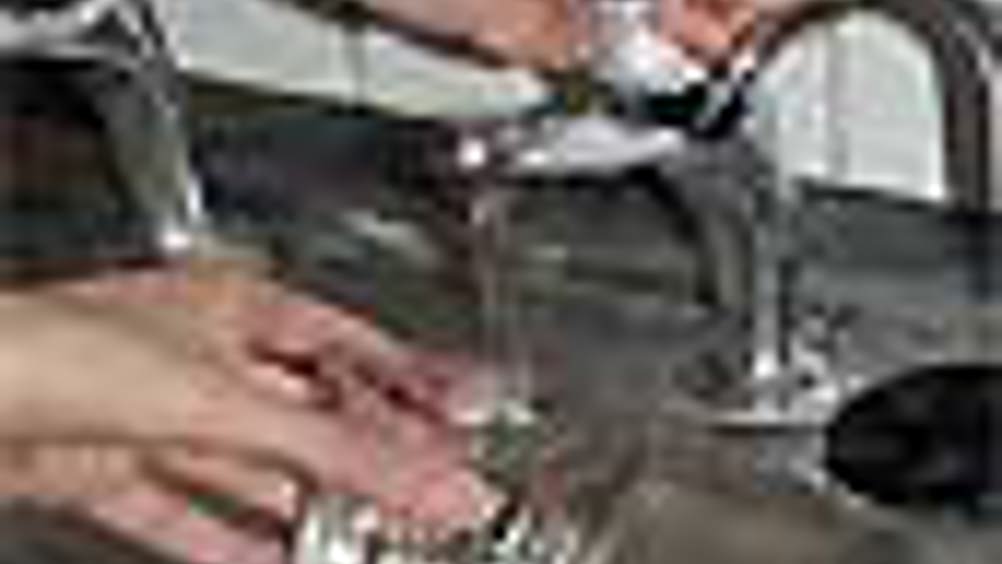A sense of chemistry

A sensor that can detect tiny levels of anthrax molecules in the air is being developed by a new company spun out of Oxford University’s chemistry department.
Oxford NanoLabs will concentrate on identifying the deadly virus during development of a new generation of bio-terrorism warning systems.
The devices will ultimately form an array of sensors linked to an IT system designed to detect and identify any form of known chemical attack.
Potential future applications for the sensor go beyond identifying bio-terrorist attacks, according to the company.
Individual sensors could be adapted to identify almost any specific molecule, opening the way for their use in advanced medical procedures such as those involving DNA.
The sensors are made up of pores constructed from the staphylococcus aureus bacterium. Biological and chemical engineering are used to make the desired molecule bind with the pore.
Oxford’s professor of chemical biology, Hagan Bayley, who developed the process, said: ‘We think it’s possible to detect just about anything you can think of at a simple molecular level. We can even watch chemical reactions go on inside the pore.’
Register now to continue reading
Thanks for visiting The Engineer. You’ve now reached your monthly limit of news stories. Register for free to unlock unlimited access to all of our news coverage, as well as premium content including opinion, in-depth features and special reports.
Benefits of registering
-
In-depth insights and coverage of key emerging trends
-
Unrestricted access to special reports throughout the year
-
Daily technology news delivered straight to your inbox










UK Enters ‘Golden Age of Nuclear’
The delay (nearly 8 years) in getting approval for the Rolls-Royce SMR is most worrying. Signifies a torpid and expensive system that is quite onerous...